Last Sunday, I had a most therapeutic day on a tree-pruning workshop at Platt Fields Park, run by the Orchard Project. As you’ll already know from January’s ‘Things to do’ blog post, this is the time of year for this. Our workshop started with a theory session, so here’s a bit of the why, what, where and when:
Why do we prune apple trees?
This also apply to pear trees. We prune;
· To achieve a well-balanced and attractively shaped tree;
· To let air and light in to the centre of the tree (to promote fruiting and reduce the risk of fungal disease);
· To remove any dead, diseased or damaged material;
· To encourage fruiting, or increase the size of fruits;
· To control the height of branches, to make harvesting easier, or;
· To raise the height of the branches, to prevent damage from some members of the public, in community orchards.
When to prune;
There are three main types of pruning, each type to be undertaken at the appropriate time;
1. Formative pruning - of young whips each winter, in their first three or four years - to achieve the desired tree shape, and removal of water shoots in the summer;
2. Maintenance pruning - usually in summer, to remove any dead or diseased material and potentially restrict growth, and;
3. Restorative pruning of old, neglected trees in the winter - to encourage new growth and promote fruiting – as in the case of the trees in the Platt Fields community orchard.
How and what to prune;
You’ll need secateurs, loppers, a pruning saw and, if you’re going for the full works, a long-reach pruning saw and ladder. Helmets and safety goggles are also advisable.
· For veteran trees, remove only 20% of the total material, otherwise the tree may go in to shock;
· Have a look at the overall shape and get a feel for how congested the tree is, and where;
· Identify damaged, dead and diseased material, and remove that first;
· Remove any suckers around the base of the tree, as these will be from the root stock;
· Remove any crossing or rubbing branches that are damaged. For undamaged but crossing branches, remove the branch that would contribute to most congestion, if left behind.
As with other shrubs, always make clean, slanted cuts, just above a bud. Prune to an ‘outward facing’ bud. This means, to a bud that will grow a shoot in an outwards direction, rather than into the centre of the tree, causing more congestion.
Correct pruning - just above a leaf bud
Some useful safety tips;
Pruning saws cut on the ‘pull’ so lighten off on the ‘push’. If it jams, just wiggle it gently from side to side to release it.
If using the long-reach pruning saw, it is easier to stand close in to the tree saw using more vertical (up and down) movements, rather than back and forth. This is where the hard hat and goggles are important.
Be aware of your surroundings and make sure everyone on the ground knows what is happening; take precautions to protect passers-by if necessary. When all’s said and done, we wouldn’t want to rob anyone of the opportunity of enjoying the trees, their fruit or the cider, through decapitation with an apple bough!
Check back here next week a for a bit on wassailing.



